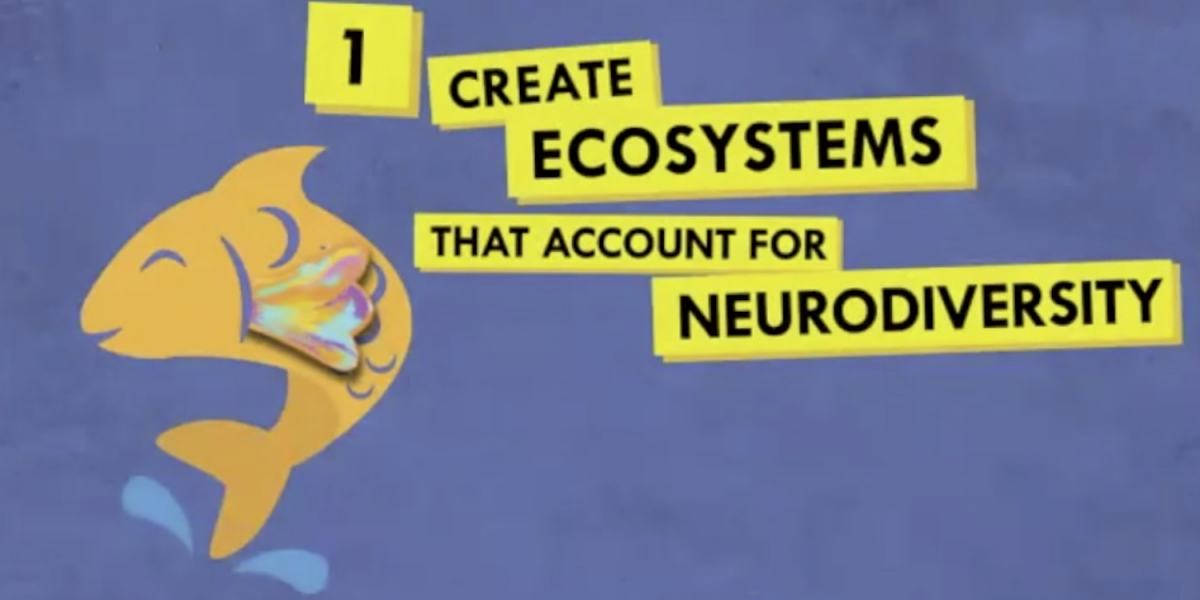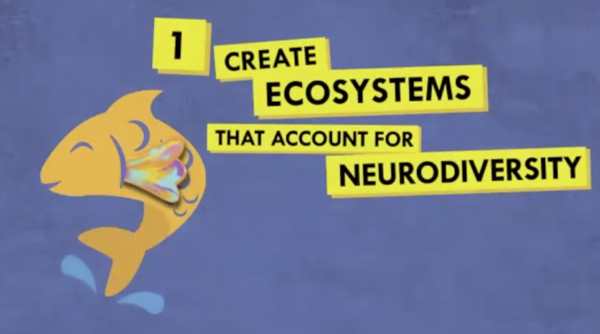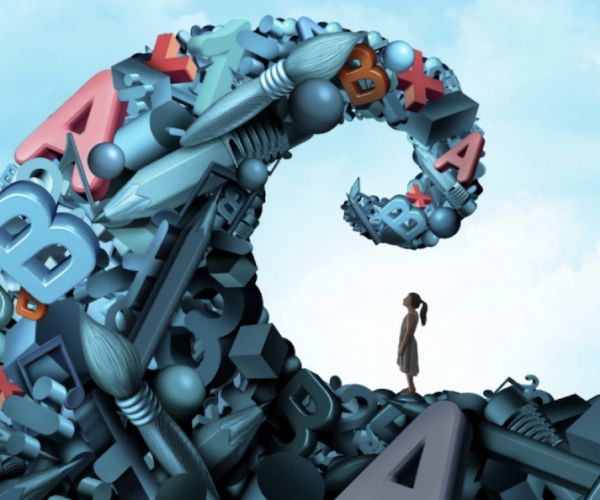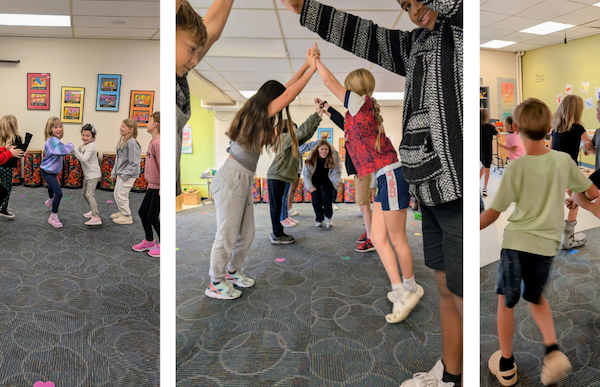
Help! My Child Is Not Meeting the Benchmark for Reading
November 23, 2021
Surviving the Holidays
December 8, 2021
I recently took some time to rewatch the amazing presentation given to our Springer community by Jessica McCabe. In case you missed it, Jessica is a YouTube phenomenon who speaks about her experiences of living with ADHD.
Rewatching presentations after I’ve already seen them isn’t usually on the top of my “Things I Really Want to Do” list, but in this case, Jessica provided some excellent words of wisdom that I definitely wanted to take a closer look at.
Towards the end of her talk, Jessica shared that her wish is that we “live in a world where we accept people are neurodiverse and we don’t expect them to pretend they are not.” She then spoke in more detail about five steps that need to occur in order to achieve this world. Join us for the next several weeks, as we take a closer look at Jessica’s 5 steps to a neurodiverse inclusive world.
Step 1: Create ecosystems that account for neurodiversity.
Jessica stated that we shouldn’t expect people to accomplish things at the same speed or at the same level of proficiency. We are all individuals and even those of us who maybe don’t really experience difficulties with ADHD or a learning disability still function and learn at our own pace, at our own level of proficiency. To accomplish this, Jessica suggests creating environments that allow for a diversity of talents.
If you are a teacher, you might see this inclusive environment in the form of Universal Design Of Learning or UDL. The UDL model is successful because it allows for learning diversity for those students who struggle but it also benefits students who don’t necessarily have academic difficulties.
Another great example Jessica provides of inclusive environments that benefit the public as a whole are wheelchair ramps on sidewalks. How many of us have taken advantage of a wheelchair ramp to roll carts or luggage, and especially strollers? While the intended benefit is for wheelchair users, the greater benefit is had by all.
Lastly, Jessica describes the unexpected benefit of credit card statements that utilize bold and larger print for the items that are most important to notice. In a sea of words and numbers all jammed together on a small sheet of paper, those who struggle with discerning relevant information can see the task of paying your bills daunting at best, impossible at worst.

I encourage you to think about your own examples of inclusive and non-inclusive environments. What can we do to create more neurodiverse ecosystems?
I’ll leave this blog post with a final thought from Jessica. By “creating an ecosystem where people can nurture their strengths, be supported in their growth and respected in their values, we foster the kind of interdependence that strengthens the whole of a society.”
Want to learn more about ADHD and learning disabilities? Be sure to visit our website at https://www.springer-ld.org/ and to browse our on-demand webinars, click HERE.
Blogger Lisa Bruns, M.Ed., Special Education, shares her expertise of students with learning disabilities. As a special educator, she has expert knowledge of interventions and accommodations that students may need to succeed in and out of the classroom. If you have questions, please contact Center Director Lisa Bruns at .



